Intro
Learn 5 tips for cradle cap self-care, including natural remedies and gentle treatments to soothe scalp irritation, flakes, and oiliness in babies, promoting healthy skin and hair with effective cradle cap management and prevention strategies.
Cradle cap, also known as infantile seborrhoeic dermatitis, is a common condition that affects many babies. It is characterized by a yellowish, oily, scaly rash on the scalp, and can be quite distressing for both babies and parents. While it is not a serious condition, it can be uncomfortable and unsightly. Fortunately, there are several self-care tips that can help to manage and treat cradle cap.
Cradle cap is thought to be caused by a combination of factors, including overproduction of skin oil, sensitivity to milk or other products, and fungal or bacterial infections. It is most common in babies between the ages of 2 and 12 months, and can be more prevalent in babies with a family history of eczema or other skin conditions. While it can be tempting to try to scrub away the scales, this can actually make the condition worse and cause further irritation.
In addition to seeking advice from a healthcare professional, there are several self-care tips that can help to manage cradle cap. These include gentle shampooing and scalp massage, using medicated shampoos or creams, and keeping the scalp clean and dry. By following these tips, parents can help to reduce the symptoms of cradle cap and prevent it from becoming a more serious condition.
Understanding Cradle Cap

Causes of Cradle Cap
The exact cause of cradle cap is not fully understood, but it is thought to be related to a combination of factors, including: * Overproduction of skin oil * Sensitivity to milk or other products * Fungal or bacterial infections * Hormonal changes * Genetics5 Tips for Cradle Cap Self-Care
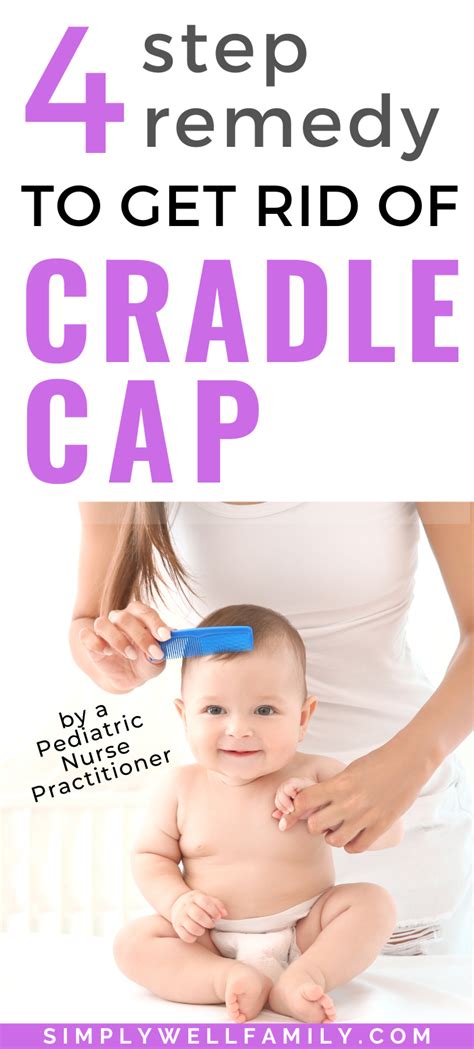
Home Remedies for Cradle Cap
There are several home remedies that can help to manage and treat cradle cap, including: * Coconut oil: Coconut oil can help to moisturize and soothe the scalp, reducing the symptoms of cradle cap. * Olive oil: Olive oil can help to moisturize and protect the scalp, reducing the risk of infection and promoting healing. * Apple cider vinegar: Apple cider vinegar can help to balance the pH of the scalp, reducing the risk of infection and promoting healing. * Tea tree oil: Tea tree oil has antifungal and antibacterial properties, making it an effective remedy for cradle cap.Preventing Cradle Cap
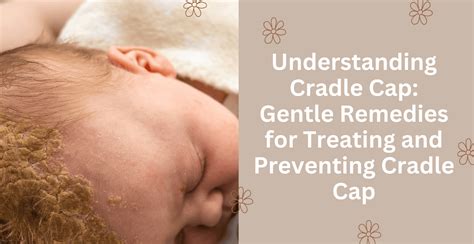
Risks and Complications of Cradle Cap
While cradle cap is generally a mild condition, there are several risks and complications that can occur if it is left untreated. These include: * Infection: Cradle cap can become infected, leading to more serious conditions such as impetigo or folliculitis. * Scarring: Cradle cap can cause scarring, particularly if it is scratched or picked at. * Hair loss: Cradle cap can cause hair loss, particularly if it is severe or left untreated.Treatment Options for Cradle Cap
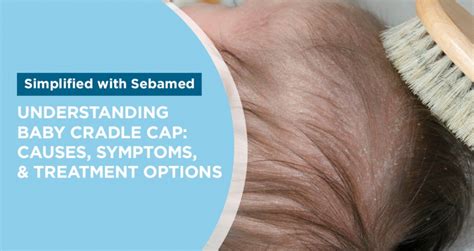
When to Seek Medical Attention
While cradle cap is generally a mild condition, there are several situations in which medical attention should be sought. These include: * If the condition worsens or does not improve with treatment * If the baby develops a fever or becomes irritable * If the baby develops a rash or other skin lesions * If the baby has a weakened immune systemCradle Cap in Adults
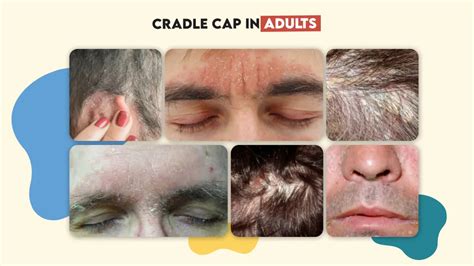
Symptoms of Cradle Cap in Adults
The symptoms of cradle cap in adults are similar to those experienced by babies, and can include: * A yellowish, oily, scaly rash on the scalp * Redness and itching * Flakes or crusts on the scalp * Hair lossManaging Cradle Cap
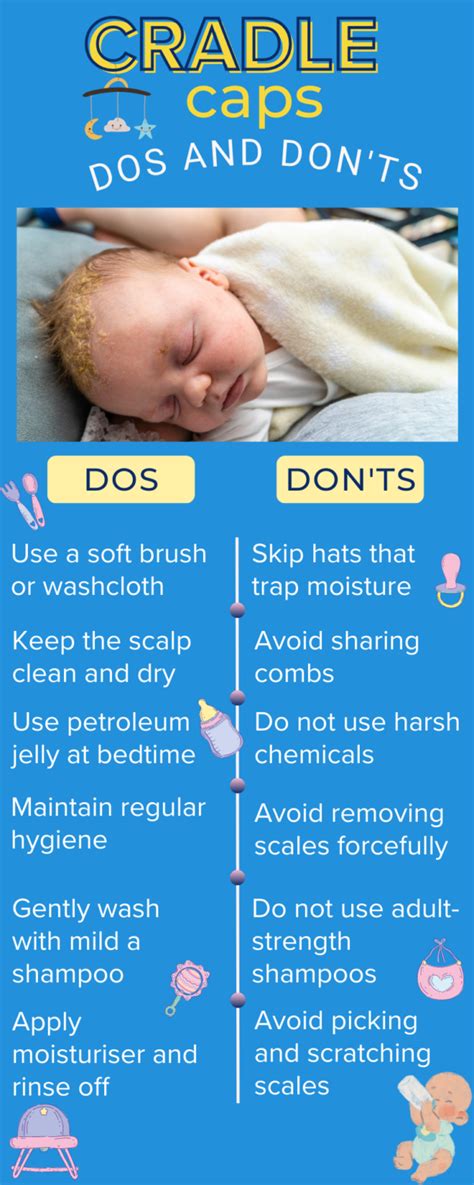
Living with Cradle Cap
While cradle cap can be a challenging condition to manage, there are several steps that can be taken to live with the condition. These include: * Being gentle when washing the hair * Avoiding scratching or picking at the scalp * Using a soft-bristled brush or comb * Avoiding sharing personal care items * Washing clothing and bedding regularlyWhat is cradle cap?
+Cradle cap is a common condition that affects many babies, characterized by a yellowish, oily, scaly rash on the scalp.
What causes cradle cap?
+The exact cause of cradle cap is not fully understood, but it is thought to be related to a combination of factors, including overproduction of skin oil, sensitivity to milk or other products, and fungal or bacterial infections.
How can I treat cradle cap?
+There are several self-care tips that can help to manage and treat cradle cap, including gentle shampooing and scalp massage, using medicated shampoos or creams, and keeping the scalp clean and dry.
Can cradle cap be prevented?
+While cradle cap can be uncomfortable and unsightly, there are several steps that can be taken to prevent the condition, including keeping the scalp clean and dry, avoiding harsh products, and using gentle shampoos and conditioners.
What are the risks and complications of cradle cap?
+While cradle cap is generally a mild condition, there are several risks and complications that can occur if it is left untreated, including infection, scarring, and hair loss.
In conclusion, cradle cap is a common condition that affects many babies, but it can be managed and treated with the right self-care tips and treatment options. By understanding the causes and symptoms of cradle cap, and taking steps to prevent and treat the condition, parents can help to reduce the symptoms and promote healthy skin and hair for their baby. We invite you to share your experiences and tips for managing cradle cap, and to ask any questions you may have about the condition.
